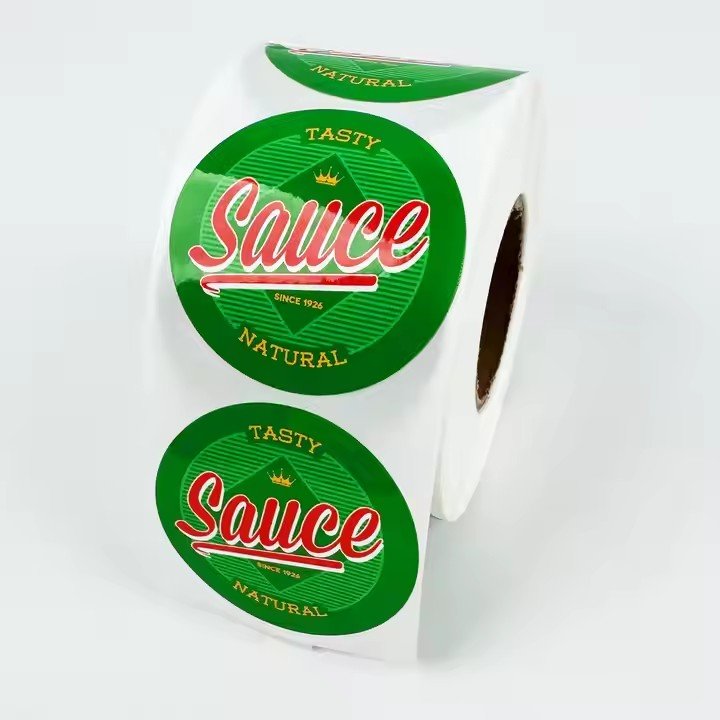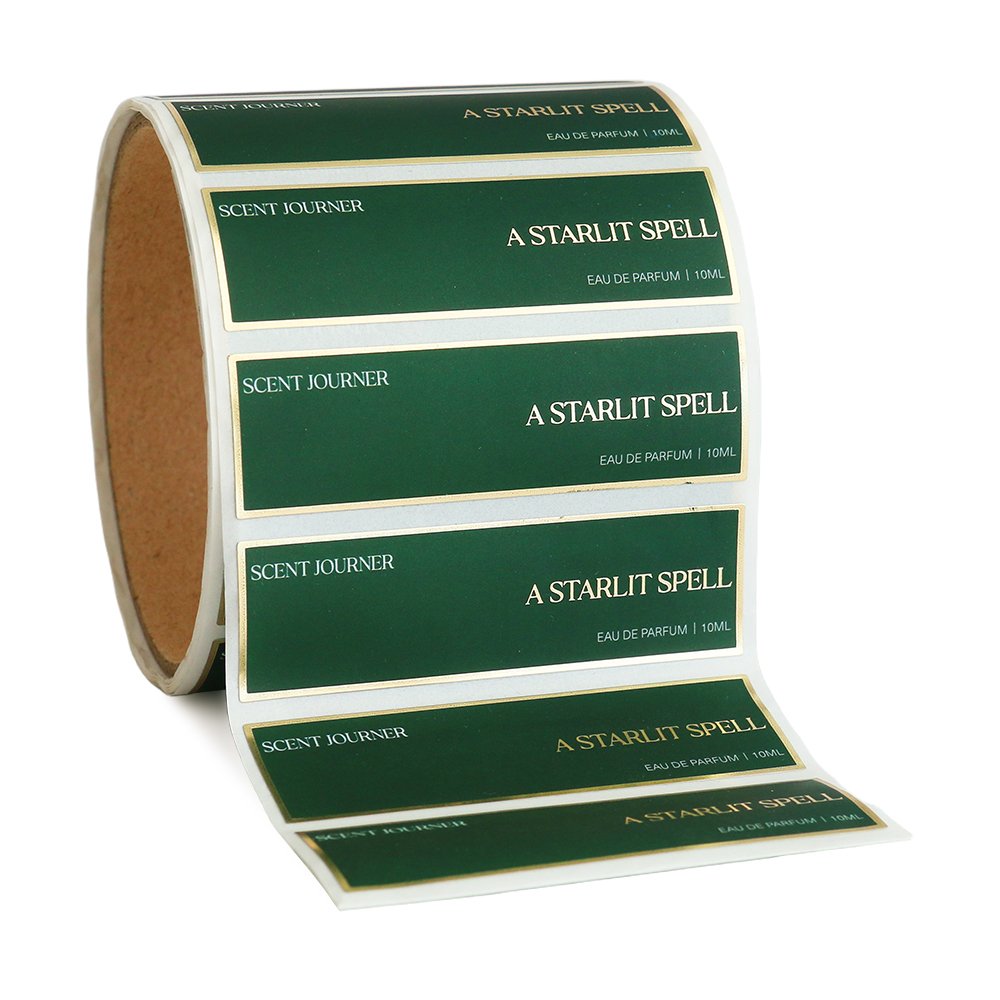I. Strict Compliance with Regulations — Ensuring the Baseline of Legality
Regulatory compliance is the foremost requirement in medical label design. Different countries and regions have specific rules governing the content, format, and presentation of medical labels. Designers must strictly follow these standards to avoid legal risks and safety issues.
Core Regulatory References
For the Chinese market, labels must comply with the Regulations on the Administration of Drug Instructions and Labels (Order No. 24 of the NMPA) and the Administrative Provisions on Instructions, Labels, and Packaging Markings of Medical Devices.
For international markets, compliance with EU CE certification, U.S. FDA labeling regulations, and ISO 15223 standards for medical product symbols is required.
For example, drug labels must display the generic name, trade name, approval number, manufacturer, production date, expiration date, ingredients, indications, dosage and administration, adverse reactions, contraindications, and precautions. The font size of the generic name must not be smaller than that of the trade name.
Mandatory Warning Information
High-risk products—such as narcotic drugs, psychotropic substances, and in vitro diagnostic reagents—must include legally required warnings or special symbols.
For instance, narcotic drug labels must bear the red characters “麻醉药品” (“Narcotic Drug”) along with the dedicated narcotic drug symbol. Implantable medical device labels must include mandatory information such as “Sterile,” “Single Use Only,” and “Expiration Date.” Warning text must be bold, prominent, and visually distinct from other information.
Accuracy and Consistency of Information
All label content must be consistent with the registered product documentation and package insert. Exaggerated efficacy claims or concealment of risks are strictly prohibited.
For example, drug indications must match the approved insert exactly, and no unapproved therapeutic claims may be added. For medical devices, performance parameters (e.g., lifespan, accuracy range) must align with testing reports to prevent user misinterpretation.
II. Structuring Information Scientifically — Enhancing Readability
Medical labels are often read by healthcare professionals or patients in fast-paced or stressful environments. Thus, information must be categorized and prioritized to make key content instantly visible.
Information Hierarchy and Priority
Information should be organized by use logic and risk level, placing the most critical content in the most prominent position:
Primary Level (Core Information): Product name (generic), specification/model, expiration date, batch number, and warning information (e.g., “Not for use in children”).
Example: Drug bottle labels should position the generic name + specification at the top center with the largest font.
Medical device packaging should display model + batch number + expiration date in the top-right corner for quick scanning or recording.

Secondary Level (Usage Information): Dosage and administration (for drugs), operation steps (for devices), and storage conditions.
Example: A tablet label may specify “Take 1 tablet, 3 times daily after meals.”
A glucose meter label may simplify usage into “1. Collect sample → 2. Apply blood → 3. Read result,” avoiding long text.
Tertiary Level (Supplementary Information): Manufacturer, contact details, registration number, etc. These can be placed at the bottom or side of the label in smaller but legible type.
Structured Layout to Avoid Confusion
Use sectioned or block-based layouts—lines, color blocks, or whitespace can separate content types.
For example, a drug label may be divided into three zones:
Identification Zone (name, specification)
Usage Zone (dosage and administration)
Warning Zone (adverse reactions, contraindications)
Each section can use a light background or border for distinction.
In vitro diagnostic reagent labels can list “Sample Requirements,” “Test Steps,” and “Result Interpretation” as bullet points or numbered items for sequential reading.
Clear and Precise Language to Prevent Ambiguity
Use standardized medical terminology and avoid colloquial or vague phrasing.
Example: “25 mg per dose” is preferred over “half a tablet” (to avoid confusion if tablet sizes vary).
“Store at 2–8°C, protected from light” is clearer than “Keep refrigerated” (specifies temperature and light conditions).
For child-oriented medications, simple icons can aid understanding—e.g., a “morning and evening” symbol alongside “Take 1 capsule twice daily.”
III. Refining Visual Details — Improving Readability and Recognition
Visual elements such as typography, color, and icons directly affect how efficiently information is understood. Within regulatory boundaries, good visual design minimizes reading errors.
Font and Size Standards
Font: Use sans-serif typefaces (e.g., Arial, Noto Sans, Source Han Sans). These have clean strokes and remain legible at small sizes or under low-quality printing. Avoid decorative or handwritten fonts that may confuse similar characters (e.g., “6” vs. “8,” “1” vs. “7”).
Font Size: Determine the minimum size based on label dimensions and viewing conditions. Text must be clearly readable at a distance of 30 cm under normal lighting (e.g., hospital or laboratory).
For small drug vials (diameter < 3 cm): minimum font size ≥ 2.5 pt.
For outer medical device packaging (> 20 cm): key information font size ≥ 5 pt.
Critical items (e.g., expiration date, warning text) should be 1–2 pt larger and bolded.
Functional Use of Color
Color should support information distinction, not mere decoration, and must consider color-blind users (approximately 8% of males).

Red: Prohibition or danger (“Do Not Use,” “Expired”).
Yellow: Warnings or cautionary notes (“Use with care,” “Attention”).
Green: Safety or compliance indicators (“Sterile,” “Passed inspection”).


